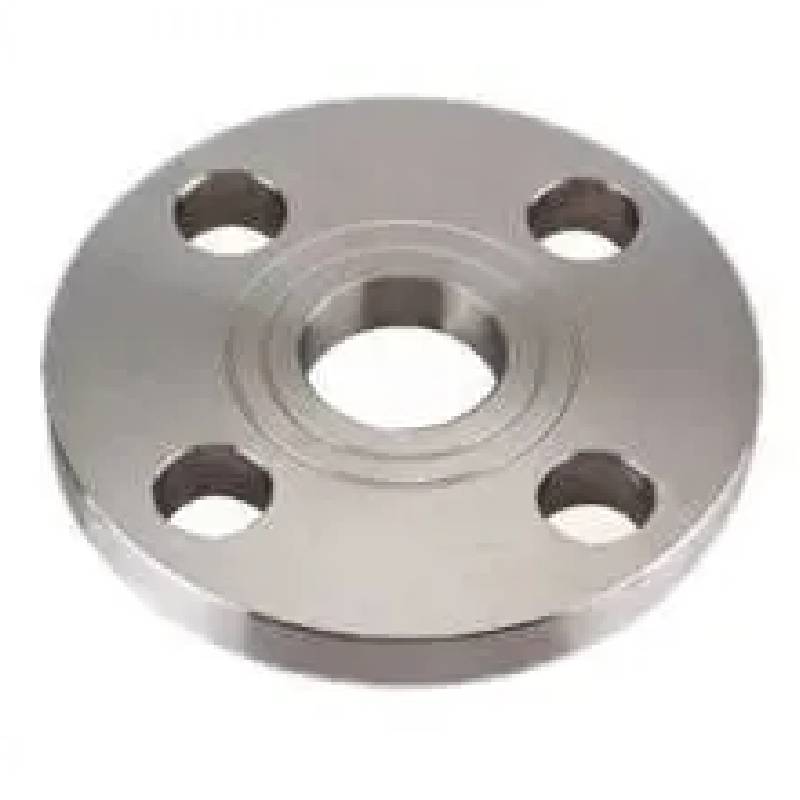-
Cangzhou Yulong Steel Co., Ltd.
-
Phone:
+86 13303177267 -
Email:
admin@ylsteelfittings.com
- English
- Arabic
- Italian
- Spanish
- Portuguese
- German
- kazakh
- Persian
- Greek
- French
- Russian
- Polish
- Thai
- Indonesian
- Vietnamese
- Zulu
- Korean
- Uzbek
- Hindi
- Serbian
- Malay
- Ukrainian
- Gujarati
- Haitian Creole
- hausa
- hawaiian
- Hebrew
- Miao
- Hungarian
- Icelandic
- igbo
- irish
- Japanese
- Javanese
- Kannada
- Khmer
- Rwandese
- Afrikaans
- Albanian
- Amharic
- Armenian
- Azerbaijani
- Basque
- Belarusian
- Bengali
- Bosnian
- Bulgarian
- Catalan
- Cebuano
- China
- China (Taiwan)
- Corsican
- Croatian
- Czech
- Danish
- Esperanto
- Estonian
- Finnish
- Frisian
- Galician
- Georgian
- Kurdish
- Kyrgyz
- Lao
- Latin
- Latvian
- Lithuanian
- Luxembourgish
- Macedonian
- Malgashi
- Malayalam
- Maltese
- Maori
- Marathi
- Mongolian
- Myanmar
- Nepali
- Norwegian
- Norwegian
- Occitan
- Pashto
- Dutch
- Punjabi
- Romanian
- Samoan
- Scottish Gaelic
- Sesotho
- Shona
- Sindhi
- Sinhala
- Slovak
- Slovenian
- Somali
- Sundanese
- Swahili
- Swedish
- Tagalog
- Tajik
- Tamil
- Tatar
- Telugu
- Turkish
- Turkmen
- Urdu
- Uighur
- Welsh
- Bantu
- Yiddish
- Yoruba

nov . 19, 2024 06:43 Back to list
en 1092 1 flange dimensions
Understanding EN 1092-1 Flange Dimensions
Flanges play a critical role in piping systems, providing a means to connect various components such as pipes, valves, and pumps. They ensure a tight seal and facilitate maintenance operations. Among the various standards governing flange dimensions, the EN 1092-1 is one of the most widely recognized, especially within Europe. This article delves into the EN 1092-1 flange dimensions, their importance, and their applications.
Overview of EN 1092-1
EN 1092-1 is a European standard that specifies dimensions, tolerances, and designations for flanges used in industrial piping. The standard encompasses several types of flanges, including slip-on, welding neck, blind, and socket weld flanges. These flanges are identified by their types and are designed to meet specific pressure-temperature ratings that correspond to the needs of various applications.
One of the primary benefits of the EN 1092-1 standard is that it provides a consistent framework that manufacturers and end-users can rely upon. This uniformity ensures compatibility between different manufacturers' products, minimizing the risks of installation errors and promoting seamless integration within existing systems.
Key Flange Dimensions
Flanges under the EN 1092-1 standard have specific dimensions that are critical to their functionality. These include outer diameter, inner diameter, thickness, bolt hole diameter, and the number and layout of bolt holes. Each flange type comes with its own set of standardized dimensions
1. Outer Diameter (OD) The outer diameter of a flange is crucial as it dictates how the flange will fit within a piping system. For instance, larger outer diameters generally equate to higher pressure ratings.
2. Inner Diameter (ID) The inner diameter needs to be aligned precisely with the pipe or valve it's connecting to, preventing restrictions in fluid flow.
3. Thickness Flange thickness contributes to the strength of the connection. Thicker flanges can better withstand high pressure and temperature environments without deforming.
4. Bolt Hole Diameter and Spacing The bolt hole dimensions and their arrangement are vital for ensuring proper alignment and strength in the assembly. They must be compatible with the size and grade of the bolts used in the application.
5. Number of Bolt Holes The number of bolt holes can vary by flange type and size, influencing the overall stability and security of the joint.
Importance of Standardized Dimensions
en 1092 1 flange dimensions

Standardized flange dimensions are critical for several reasons
- Interchangeability When flanges are produced according to set dimensions, it ensures that components from different manufacturers can be used interchangeably without concerns about fitting or compatibility.
- Enhanced Safety Properly dimensioned flanges reduce the likelihood of leaks and failures, contributing to the overall safety of the piping system. Non-standard or incorrectly dimensioned flanges can lead to catastrophic failures in high-pressure applications.
- Simplicity in Design and Maintenance With standardized dimensions, engineers and designers can create systems with predictable performance characteristics, and maintenance personnel can replace or repair flanges with ease.
Applications of EN 1092-1 Flanges
Flanges conforming to the EN 1092-1 standard are used across numerous industries, including
- Oil and Gas High-pressure systems in drilling and extraction employ these flanges to ensure safe transport of fluids.
- Chemical Processing In chemical plants, where corrosive substances are transported, properly dimensioned flanges are essential for safety and efficiency.
- Water Treatment Flanges in water treatment facilities need to withstand varying pressures and meet exact specifications to prevent leaks and environmental hazards.
- Construction and HVAC Flanges are also widely used in construction, HVAC (Heating, Ventilation, and Air Conditioning) systems, and fire protection systems.
Conclusion
Understanding the EN 1092-1 flange dimensions is crucial for engineers, designers, and technicians involved in the design and maintenance of piping systems. The standardized dimensions foster compatibility, safety, and efficiency across multiple applications, making them an indispensable part of modern industrial infrastructure. Whether in oil and gas, chemical processing, or water treatment, the importance of reliable flange connections cannot be overstated. As industries continue to evolve, adherence to standards like EN 1092-1 will remain a cornerstone of safe and efficient operations.
Latest news
-
ANSI 150P SS304 SO FLANGE
NewsFeb.14,2025
-
ASTM A333GR6 STEEL PIPE
NewsJan.20,2025
-
ANSI B16.5 WELDING NECK FLANGE
NewsJan.15,2026
-
ANSI B16.5 SLIP-ON FLANGE
NewsApr.19,2024
-
SABS 1123 FLANGE
NewsJan.15,2025
-
DIN86044 PLATE FLANGE
NewsApr.19,2024
-
DIN2527 BLIND FLANGE
NewsApr.12,2024
-
JIS B2311 Butt-Welding Fittings LR/SR 45°/90° /180°Seamless/Weld
NewsApr.23,2024











